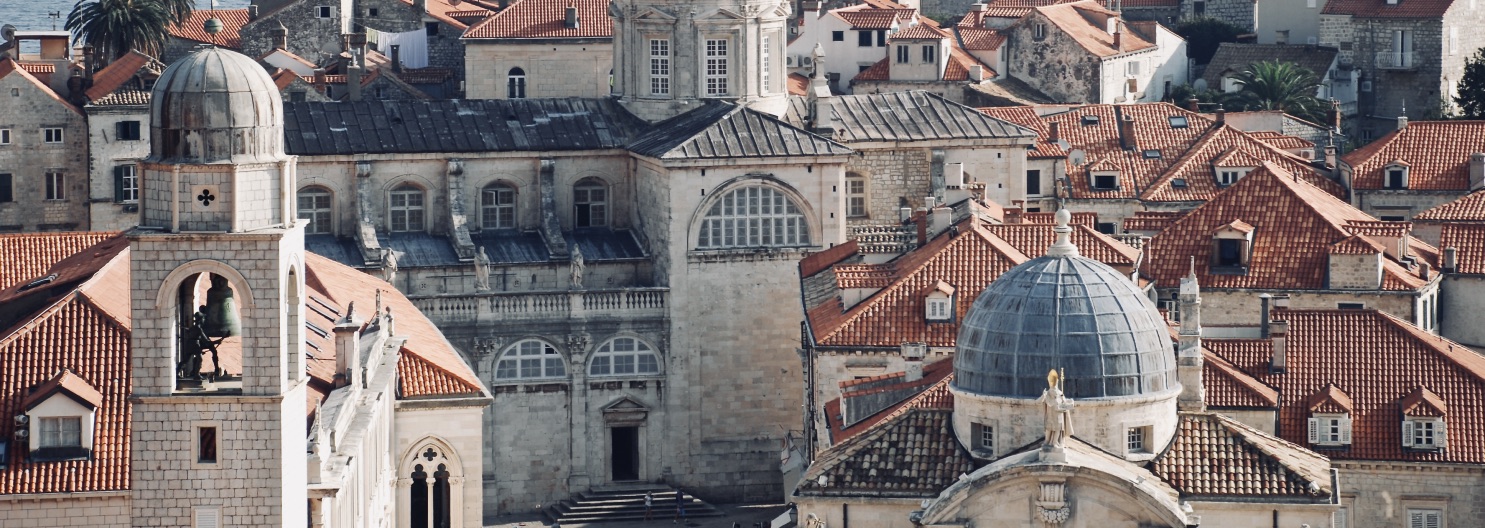Uighurtai
Set among the tall swaying grasses of the Övsnii Sea, it would be easy to miss Uighurtai entirely, or to mistake it for a small fort, rather than the capital of the Kingdom of Sharisar. This is mostly to do with the fact that there are very few permanent structures in the city, and that its permanent population is actually very small, numbering no more than 3,000 individuals who live their year round. Once a year the population of Uighurtai explodes, as the Royal Caravan, and representatives from all of the other Caravans that wander the Övsnii Sea (if not the whole Caravan itself) descend on the capital to celebrate the Midsummer Games. During this time, all of the land around the nucleus of constructed buildings is covered in tents as afar as the eye can see. There is a moderate swelling of the population (though much smaller than at Midsummer) at two other points of the year, at the beginning of Spring and the End of Autumn, where the Royal Caravan will return twice more to Uighurtai to receive foreign embassies and deal with administrative matters.
The capital itself is concentrated on a large feasting hall, the Royal Palace that provides quarters for the Royal Caravan during the three times of the year when it takes up residency. Surrounding this complex is a confused mix of longhouse style buildings, that houses the administrative areas of the capital, and that is surrounded in turn by a collection of dwellings, workshops and trading posts that make up the physical community of Uighurtai. All of this is surrounded by a modest palisade wall, beyond which are a number of large communal farmsteads, whose owners and workers live in and work the surrounding fields from.
Demographics
Uighurtai has a mixed population, with the majority of its inhabitants being drawn from Humans, Elves and Half-Orcs, reflecting the origins of the Sharisar as a whole. However, Uighurtai is one of two places in the kingdom where there is a substantial community of Halflings who are the foundation of the agricultural activities that take place in and around the capital.
One thing that is especially noticeable amongst the population of Uighurtai is that the average age is significantly above what you would expect to find, especially when compared to the demographics of Sharisar’s itinerant caravans. Around 70% of the population are within the final quarter of a lifespan, relative to the average lifespan of the different sapient species. For Humans, for example, this would mean that the majority of the Human population are in their late 60s and 70s.
Equally, there is an overwhelming sense of equality amongst the permanently resident population of Uighurtai. This is primarily because almost all of those who live there, and who are physically able are employed to some extent within the administration of the Kingdom, whilst those who are no longer fit to work are able to live in the community at the expense of the state, a thanks for having served in the Kingdom’s administration.
Defences
Most of the capital’s permanent structures are surrounded by a well-maintained palisade wall, that is there mostly as a deterrent to potential raiders, rather than being designed to withstand a concerted siege. Built into the fabric of the Royal Palace is a large wooden tower, that is designed to provide a 360 degree lookout point over the surrounding area. The farmsteads that lie outside of the palisade, but within the auspices of the capital tend to be ‘fortified’ of their own accord, many of them with their own palisades defences. The capital is defended by one of Sharisar’s two units of ‘Foot Guards’, who are the only troops in the Queen’s army that fight exclusively on foot.
Industry & Trade
There is little industry to speak of in Uighurtai, something that is true of the Kingdom as a whole. Because of the sedentary nature of Uighurtai’s population it produces a large amount of the nation’s agricultural produce, but this amount is quite limit when compared to the output of other nations in Turoza. The agricultural produce grown and reared in Uighurtai principally goes to feeding the resident populace, and the inflated population of the town around Midsummer.
Infrastructure
There is little formalised structure within Uighurtai, which is mostly due to the rather erratic way that the city was put together. There is a form of paved road that terminates at Uighurtai, but this only extends about 30 miles away from the city, after which it becomes an overgrown dirt track, characteristic of the roads that exist in the Övsnii Sea. The road to Uighurtai functions more like a ceremonial way, as opposed to a road meant for trading or industry.
A large area outside the city palisade has been kept free of building and agriculture for use as a large outdoor market space, and that also acts as the main centre of activities during the Midsummer Games. In addition, large parts of the surrounding land are used for the grazing of livestock, rather than arable agriculture, and these areas double as campsites for the large influx of people that arrive at Midsummer.
Geography
Uighurtai is situated in a particularly flat section of the Övsnii Sea, and a large area of the thick grass has been cleared all around the capital to provide space to erect the physical fabric itself, and for cultivation as farmland. A large river, the Oyuu River skirts around the western side of the capital, and is where the majority of Uighurtai’s water is sourced.
Type
Capital
Population
c.3,200 permanent inhabitants
Inhabitant Demonym
Uigs
Location under
Owner/Ruler
Owning Organization




Comments